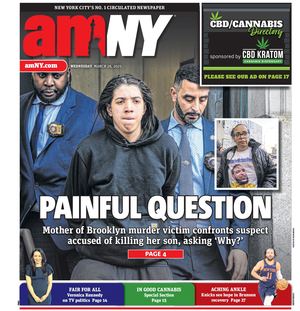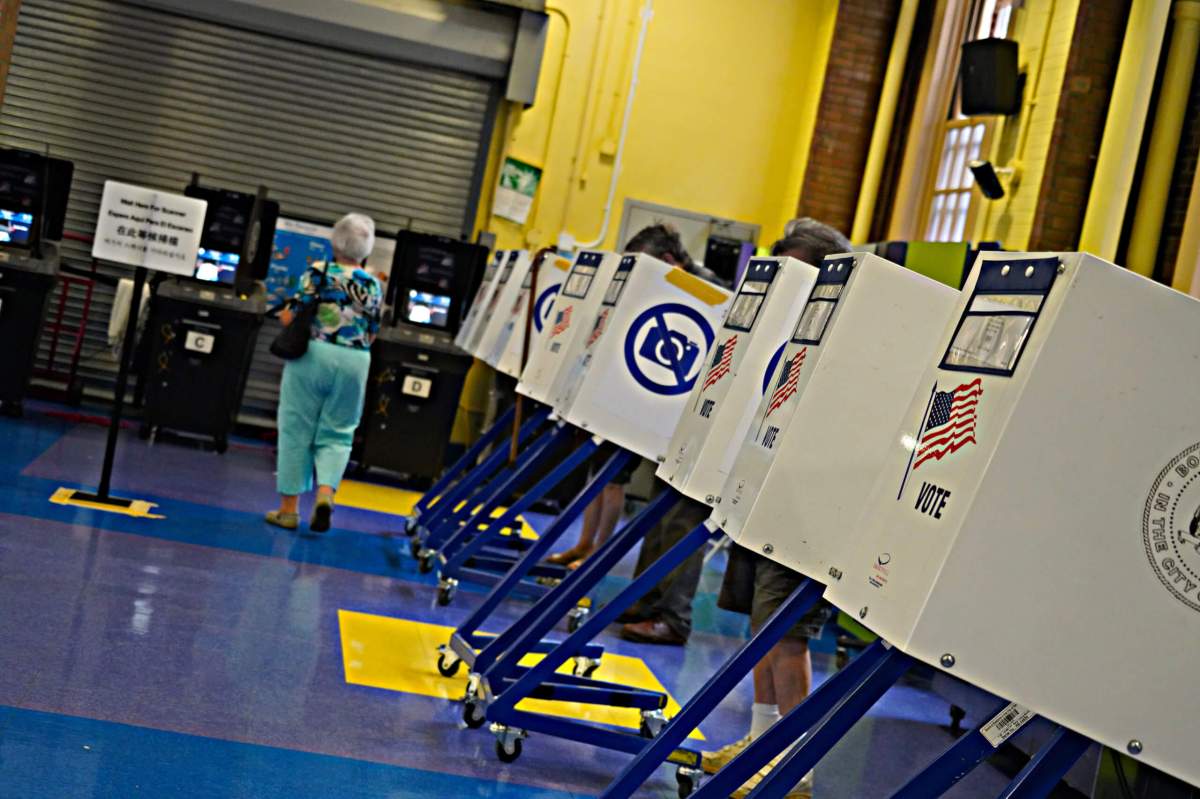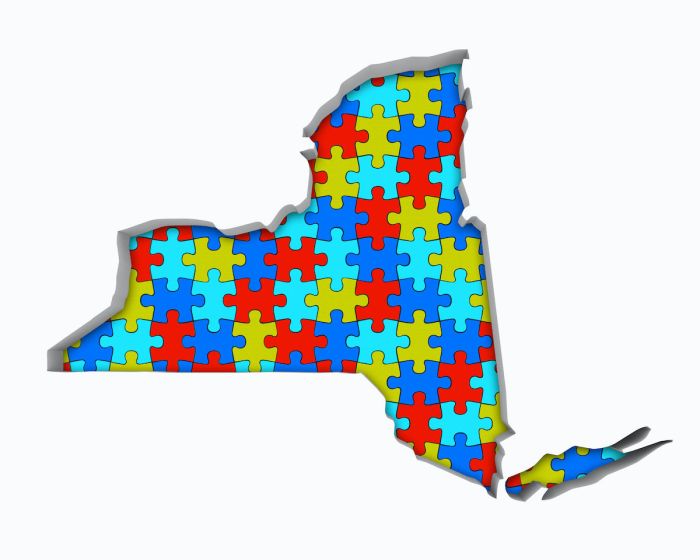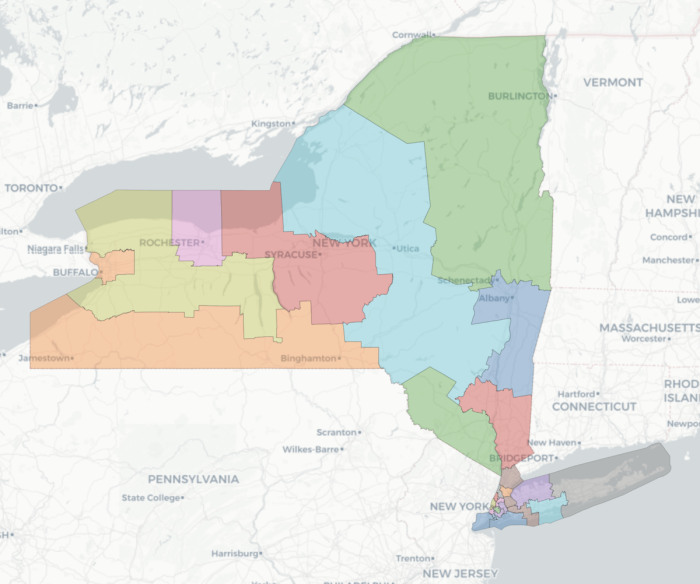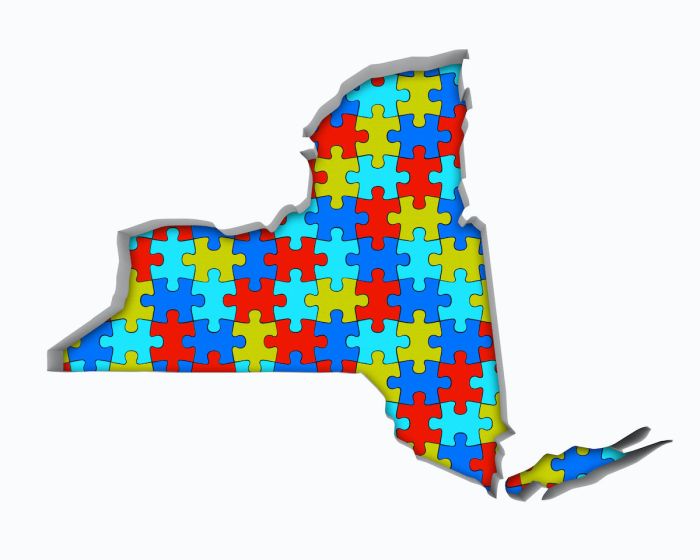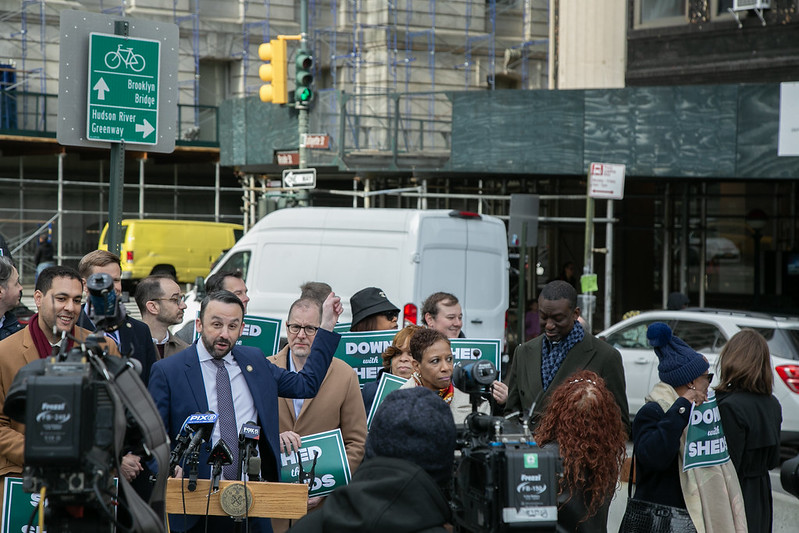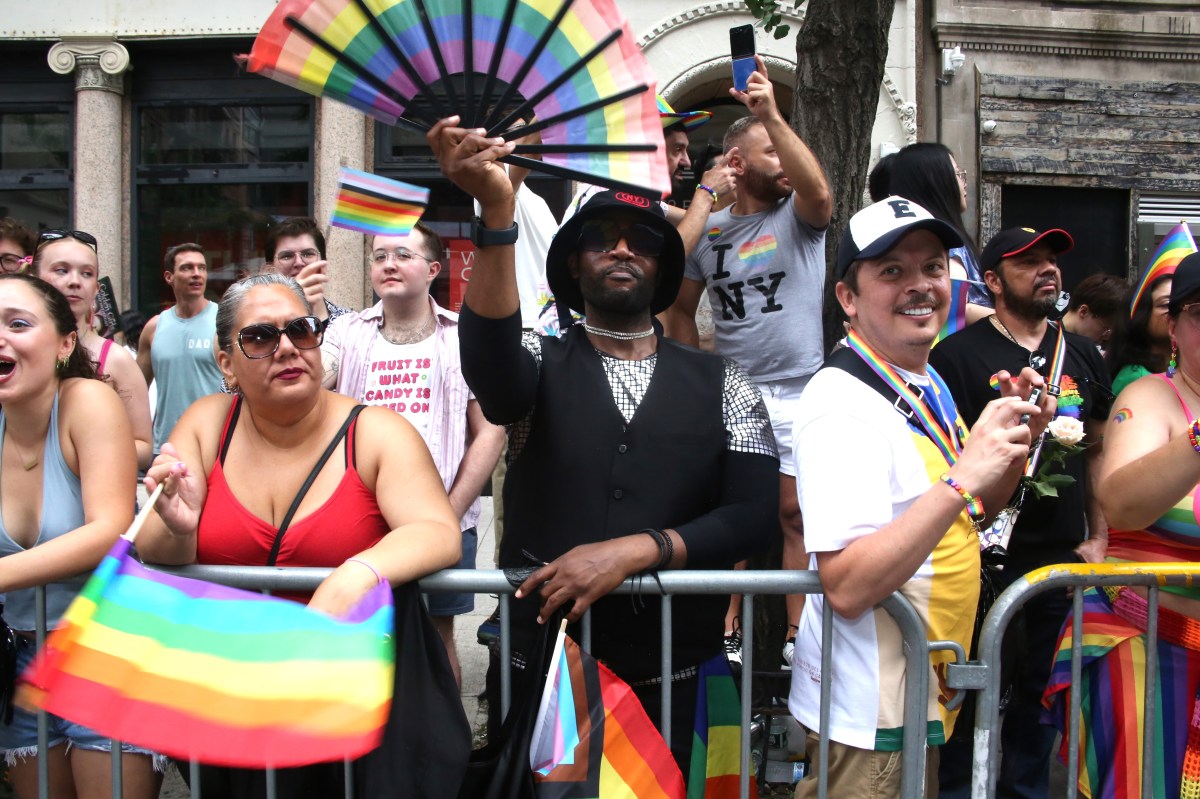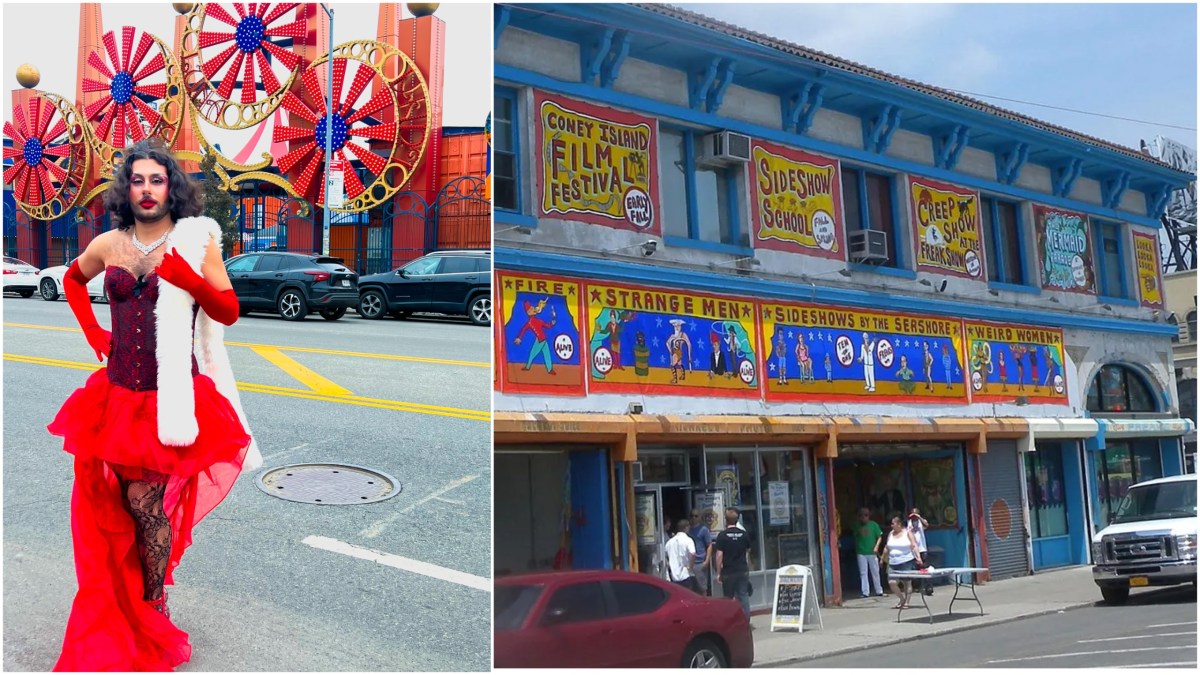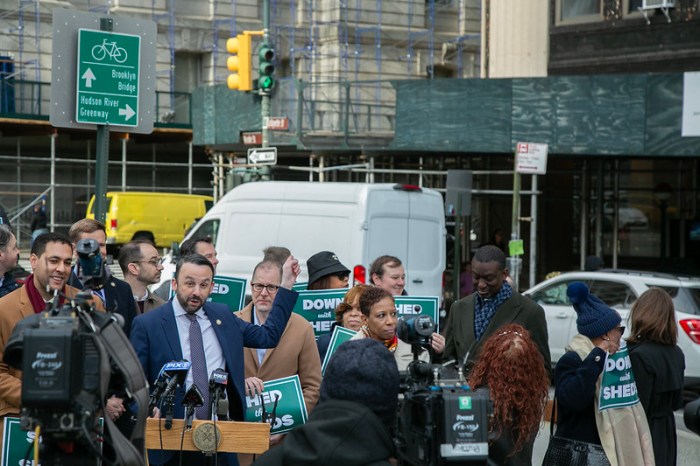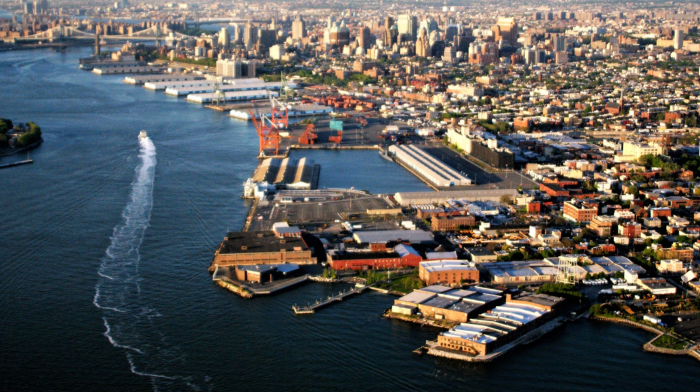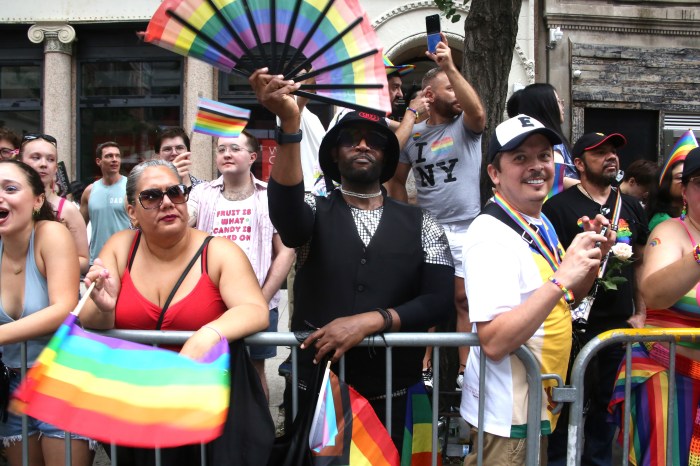What district do I live in? Who will be on the ballot? Over the past few weeks, these are questions even the most civic-minded New Yorkers have been trying to get the answers to.
The chaotic process to redraw Congressional and State Legislative districts, has left a sour taste in the mouths of many.
But now is not the time for New Yorkers to let their cynicism get the best of them. New York City’s Districting Commission has begun the process of redrawing City Council district lines that will be in place for the next decade. It is vital that the public be engaged, as Council Members have a more direct connection to the communities they represent than Congress Members and State legislators.
Thankfully, the City’s redistricting process operates under a different set of rules than the State. For example: lawmakers will not be able to vote down the Commission’s maps and draw their own, as the State Legislature was able to do.
With that being said, the task of redrawing political lines is always contentious and difficult. New York City has seen massive population shifts over the past decade. Some neighborhoods like Long Island City and DUMBO have seen huge population growth, outpacing other parts of the city. Certain racial and ethnic groups have grown rapidly as well, in particular Asian Americans. New legal standards that limit the size of each district means that nearly half of the districts will need to change.
This redistricting process comes less than a year after the most diverse City Council in history, with a female majority, took office. The Commission has an obligation to ensure that New Yorkers remain truly represented under the new lines. As they undertake the task of redrawing City Council district boundaries, it is important that they make the process as transparent and accessible as possible to address the lingering cynicism that New Yorkers will undoubtedly have towards redistricting.
First of all, they should take steps to maximize public participation in the process. This means speeding up outreach using trusted community messengers and holding evening and weekend hearings. Like previous Commissions, they should offer interpreters in the languages most prevalent in that borough and translate key documents into the designated citywide languages.
The Commission must also go above and beyond to be transparent about their work. Meeting agendas, written minutes and transcripts should be uploaded to the Commission’s website in a timely fashion. More importantly, commissioners and staff should disclose anytime they discuss maps or plans with individuals not affiliated with the Commission. Their political conflicts of interest and affiliations to incumbents should also be disclosed. After the secretive manner in which Congressional and State Legislative districts were drawn, it is imperative that the public be able to closely monitor how the Commission draws the City Council lines.
The next few months will shape our local democracy for the next decade. It is imperative that they get this right and ensure that all communities have a chance to be heard. After the State’s redistricting process left many New Yorkers doubting whether fair, impartial lines are possible, the City’s Districting Commission must make sure their process is transparent and accessible to all of New York’s diverse communities.
Betsy Gotbaum is the Executive Director of Citizens Union and a former NYC Public Advocate.
